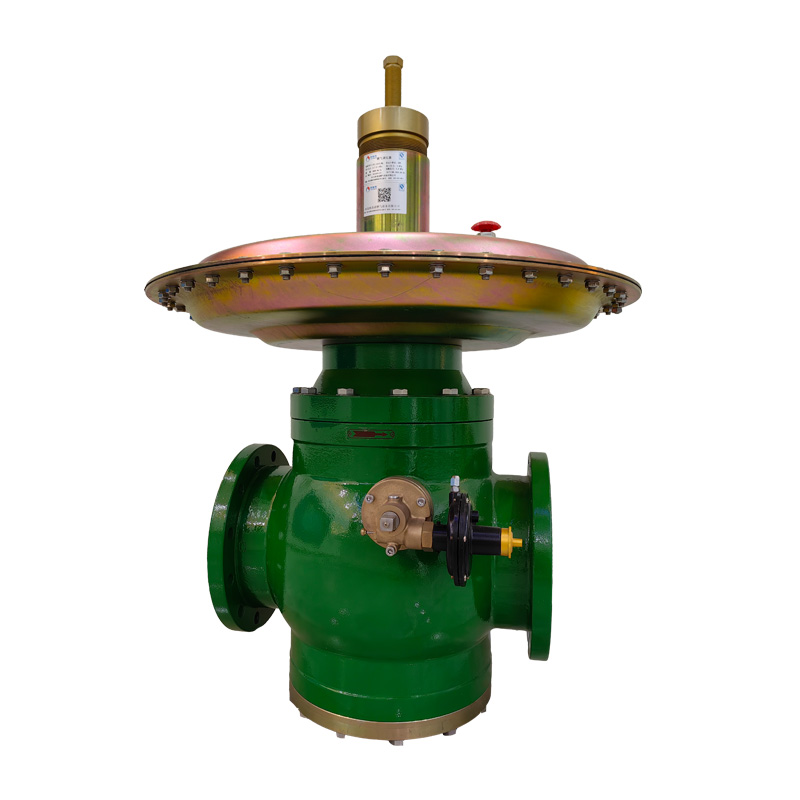
Sep . 28, 2024 02:57
Back to list
Understanding the Functionality of Air Valves in Pneumatic Systems
Understanding Air Valves Functionality, Types, and Applications
Air valves are critical components in various pneumatic systems, serving essential functions that ensure system efficiency, safety, and performance. These valves play a crucial role in controlling the flow of air and are commonly used in industrial applications, HVAC systems, and automotive technologies. This article delves into the functionality, types, and applications of air valves.
Functionality of Air Valves
The primary function of an air valve is to regulate and control the flow of compressed air in a system. When air is pressurized, it is often stored in tanks or passed through pipelines. Air valves manage this airflow by opening or closing to allow or restrict passage. This operation is vital for maintaining the desired pressure levels within the system and preventing leaks, which can lead to inefficiencies and potential hazards.
Air valves also serve several additional functions, such as facilitating the release of pressure and enabling safe maintenance of pneumatic systems. Some advanced air valves are designed to handle rapid cycling, ensuring quick adjustments and responsiveness in dynamic applications. This responsiveness is crucial, as it ensures that the systems function optimally, particularly in automated processes.
Types of Air Valves
Air valves can be categorized into several types based on their design and function. Here are some of the most common types
1. Solenoid Valves These are electrically operated valves that use an electromagnetic coil to open or close the valve. Solenoid valves are widely used in automation systems due to their quick response times and reliability.
.
3. Butterfly Valves This type of valve employs a rotating disc to manage airflow. Butterfly valves are known for their compact design and are often used in large-scale air transportation systems.
صمام هوائي

4. Pressure Relief Valves Critical for safety, pressure relief valves prevent over-pressurization in pneumatic systems. They automatically open to release excess pressure, protecting equipment from damage.
5. Check Valves These ensure unidirectional flow of air within the system. Check valves prevent backflow, safeguarding the integrity of the system and maintaining pressure.
6. Throttle Valves These are used to control the flow rate of air within the system. By varying the size of the opening, throttle valves regulate airflow, enhancing system performance.
Applications of Air Valves
Air valves find applications across diverse industries, each with specific requirements and standards. In the automotive sector, for example, air valves are integral to the engine management systems, impacting fuel efficiency and emissions. In manufacturing, pneumatic machinery relies heavily on air valves for effective operation, helping to automate processes such as assembly, material handling, and painting.
HVAC systems utilize air valves for optimal air distribution, ensuring that heating and cooling systems operate efficiently. Air valves in these systems help maintain comfortable indoor environments by regulating airflow based on environmental conditions.
Moreover, in the realm of packaging and food processing, air valves play a critical role in vacuum sealing and product freshness preservation. They ensure that air does not compromise the integrity of packaged goods, enhancing shelf life and safety.
Conclusion
Air valves are indispensable components in numerous systems, providing essential control and safety functions. Understanding the different types and their applications can help industries select the right valves for their specific needs. As technology continues to evolve, we can expect advancements in air valve design and functionality, further enhancing their efficiency and effectiveness in various applications. By investing in the right air valves, companies can optimize their operations, reduce energy costs, and ensure the safety and reliability of their pneumatic systems.
Latest news
-
Safety Valve Spring-Loaded Design Overpressure ProtectionNewsJul.25,2025
-
Precision Voltage Regulator AC5 Accuracy Grade PerformanceNewsJul.25,2025
-
Natural Gas Pressure Regulating Skid Industrial Pipeline ApplicationsNewsJul.25,2025
-
Natural Gas Filter Stainless Steel Mesh Element DesignNewsJul.25,2025
-
Gas Pressure Regulator Valve Direct-Acting Spring-Loaded DesignNewsJul.25,2025
-
Decompression Equipment Multi-Stage Heat Exchange System DesignNewsJul.25,2025

